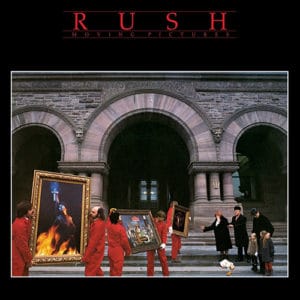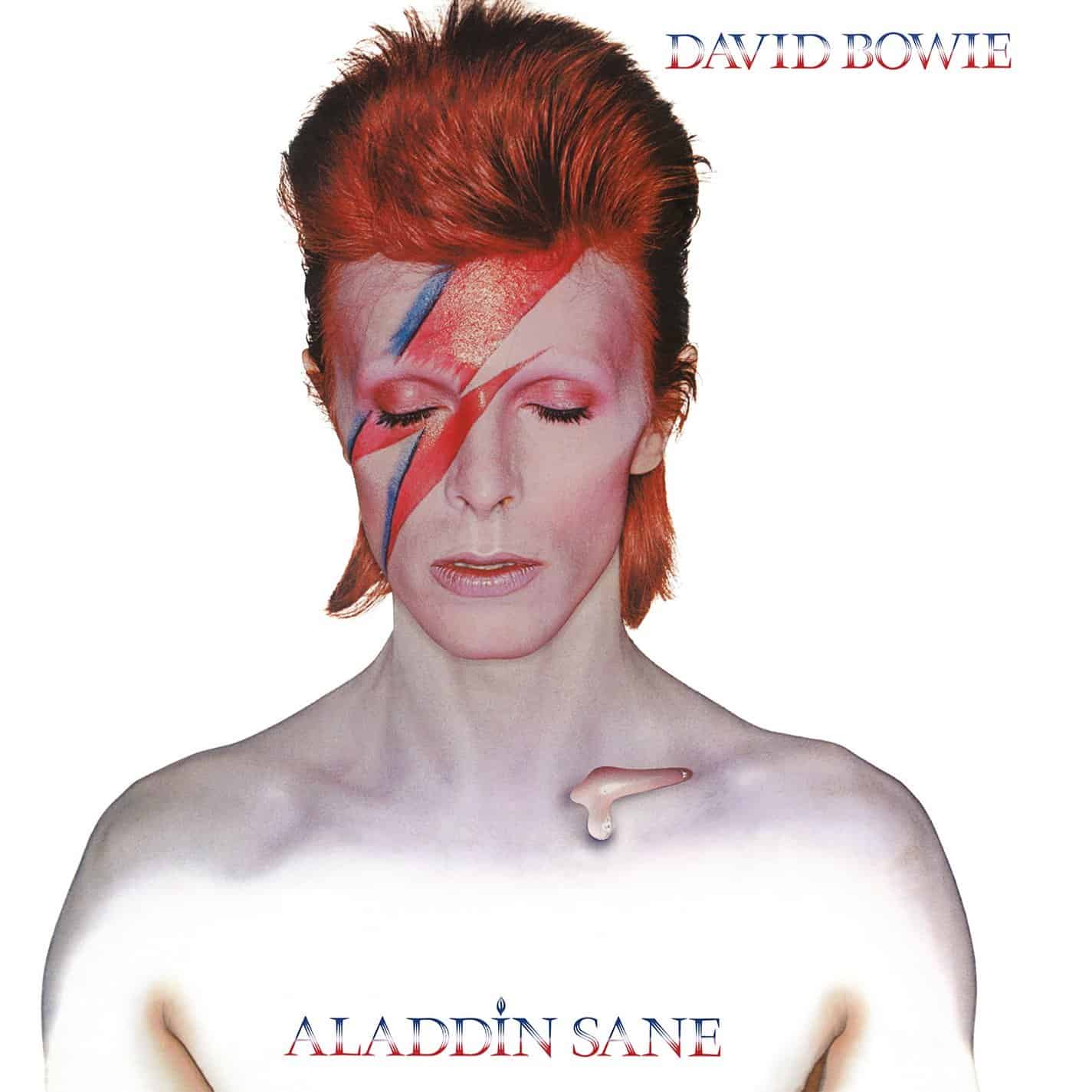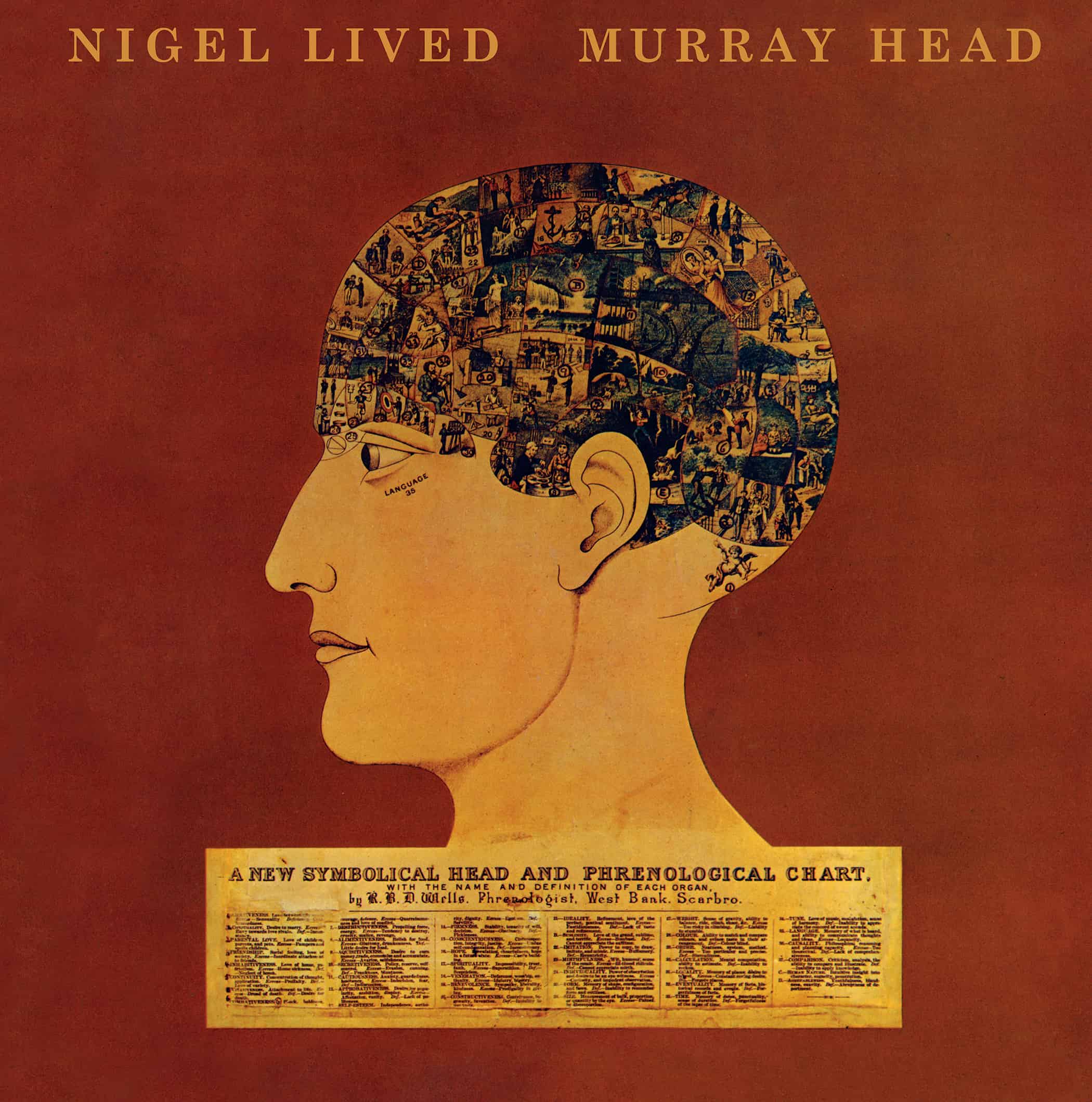Marketplace
2015 Mercury Records PRESSING
- Catalog Number B0022380-01
- Release Year 2015
- Vinyl Mastering Engineer Sean Magee
- Pressing Weight 200g
- Jacket Style Single
- 100% Analog Mastering Yes
- Direct Metal Mastering Yes
- Pressing Plant QRP
- Original Release Year 1981
- Original Label Mercury Records
- Original Catalog Number SRM-1-4013
Rush teeter-tottered between heavy metal to progressive rock on its first four albums, solidifying its commitment to prog on the three records that followed. With Moving Pictures, the band’s eighth set, Rush also reflects the impact of jazz-fusion collectives—especially Mahavishnu Orchestra. Drummer Neal Peart’s work shows the influence of Billy Cobham as much it does any rock drummer. Guitarist Alex Lifeson combines elegance and grit in ways similar to those of John McLaughlin, and bassist Geddy Lee’s playing reveals elements of Return to Forever’s Rick Laird and Stanley Clarke.
Rush is a player’s band, then, but one that writes memorable songs. The tunes aren’t heavy on hooks, but rather catchy chord changes and instrumental interplay. The slashing opening chords on “Tom Sawyer,” aided by Lee’s swirling synth lines, remain instantly recognizable and employ the same techniques as a strong melody or chorus.
Sean Magee remastered Moving Pictures from the original analog masters while using the Direct Metal Mastering (DMM) process at Abbey Road Studios. On the reissue, Lee’s synth line on the opening of “Tom Sawyer” is sharper-toned and edgier, and Peart’s drums firmer and more impactful. The kick drum punches harder and individual percussive tones are easier to identify. Lifeson’s guitar solo also has a stronger attack that gives the notes more body and lets them cut deeper. While they come across as reserved on the original pressing, synthesizer lines now fluidly move around the soundstage.
In addition, Lifeson’s harmonic overtones at the start of “Red Barchetta” shimmer and sustain longer, better establishing the song’s overall mood. Peart’s hi-hat is splashier and his kick drum moves more air. Lee’s bass lines feature a more convincing snap and distinct tone that give the tune a fuller foundation. His voice, here and throughout, projects further out and feels more emotionally engaging than on the original LP.
The city sounds, too, that open “The Camera Eye” feel more realistic. They remain audible behind the synth, whereas on the original, they fade. As the introduction builds, the new pressing proves to be more dynamic and dramatic. The distortion on Lifeson’s guitar is grittier and effects, such as delay and chorus, seem easier to hear. The shouting voices and chimes on “Witch Hunt” are also more vivid, and Peart’s drum rolls firm and resolute. The fuller presentation makes the song more menacing.
I don’t hear any of the edginess often attributed to DMM, and I’ve heard other DMM pressings during the last few years that suggest the process has improved. The original pressing of Moving Pictures sounds a tad warmer, but Magee’s remaster is more spacious and boasts far more instrumental detail.
Quality Records Pressings’ vinyl pressing is very good—quiet and flat, with a black background. The cover nicely reproduces the original art, opting for a matte finish rather than semi-gloss. The cardboard jacket, however, is standard medium weight; a heavier version would have been welcome.
In short, Rush is a chops band. Any analog pressing that brings out its instrumental prowess is worth owning, and this edition of Moving Pictures fits the bill.
Moving Pictures


 4
4


